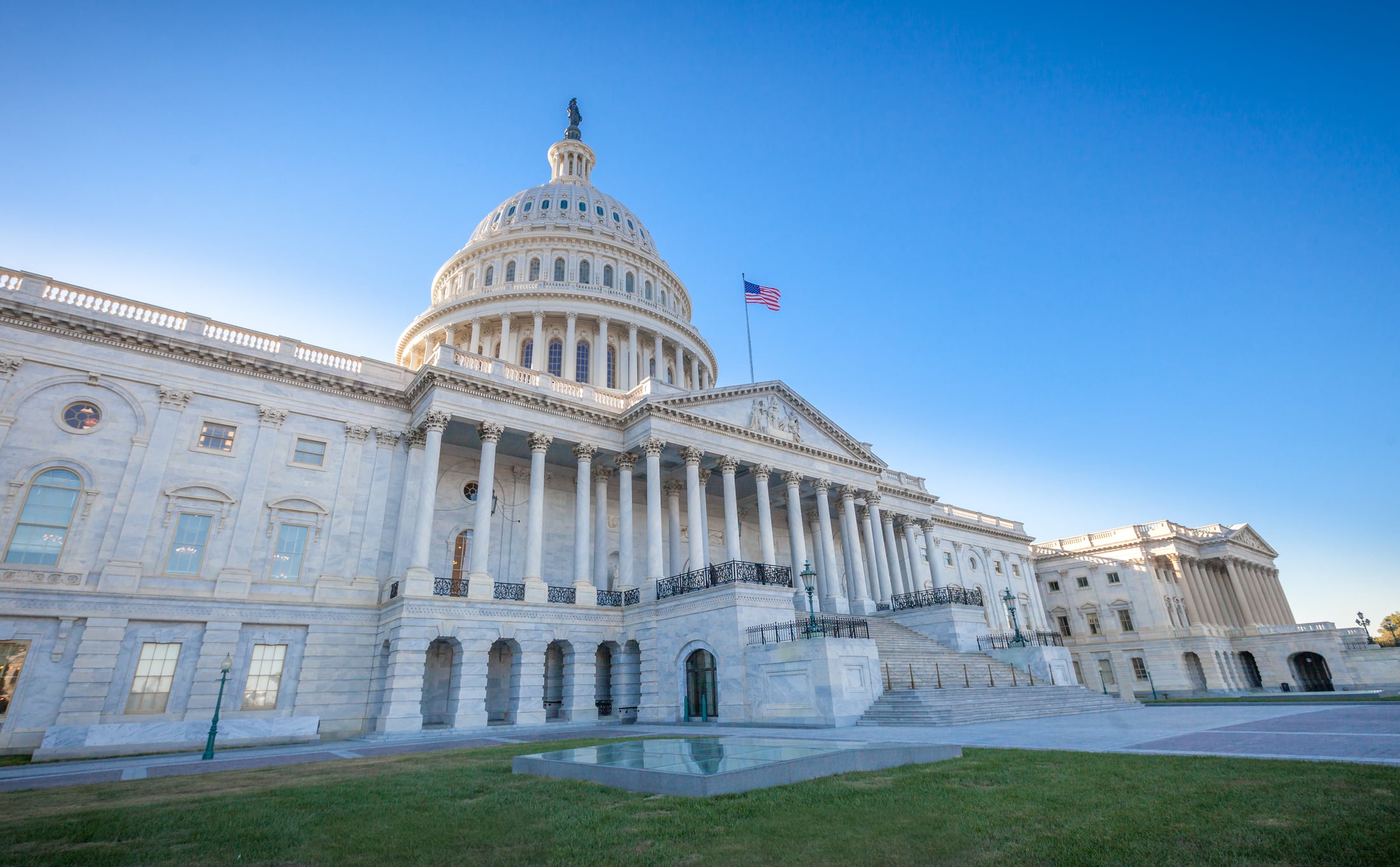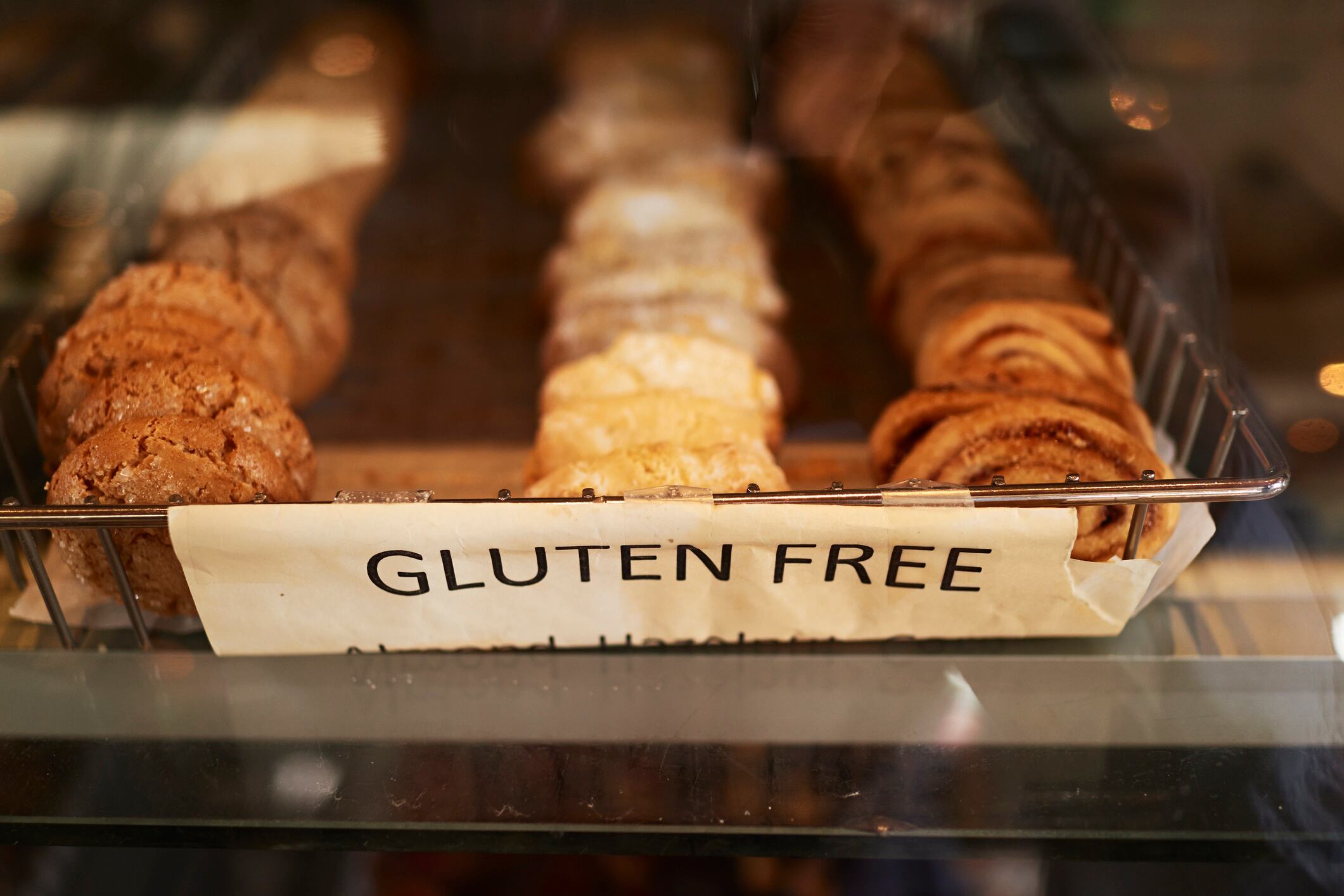Key takeaways:
- The Trump administration’s MAHA report has floated mandatory gluten disclosure on food labels, but no regulation has yet been issued.
- Food companies could face costly packaging redesigns, ingredient audits and legal risks if the FDA pursues a formal rule.
- Advocates welcome the move as overdue, while critics say it’s a token gesture in a strategy otherwise light on regulation.
The Trump administration has tossed a grenade into the food-labeling debate.
The long-delayed Make America Healthy Again (MAHA) report, released in Washington earlier this year with little warning, includes a proposal that could force manufacturers to flag when a product contains gluten.
On paper, it’s a small tweak. In reality, it could upend labeling norms, expose brands to new lawsuits and reignite a cultural flashpoint that pits public health against industry lobbying. For the 2 million Americans living with celiac disease, it’s overdue. For snack and bakery producers wanting to play in that unique space, it’s an expensive headache waiting to happen.
The FDA has been tasked with examining the idea and coming back with recommendations – but nothing has changed yet. The proposal remains part of a broader policy roadmap, not a formal rulemaking. The choice of gluten – a protein that sits awkwardly at the crossroads of medical need, consumer trend, and political theatre – suggests the administration knows exactly what it’s stirring.
A rare rule in a deregulatory report

The surprise isn’t that gluten made the cut. It’s that anything did. The 20-page MAHA strategy reads like a love letter to voluntary action and corporate self-policing. Research over regulation. Education over enforcement. “A collective sigh of relief in food industry boardrooms,” is how Peter Lurie, president of the Center for Science in the Public Interest, summed it up.
That’s why the gluten disclosure pops off the page. Current US law only forces companies to list nine allergens: milk, eggs, fish, shellfish, tree nuts, peanuts, soy, wheat and sesame. Wheat is there – but gluten itself isn’t. Which means rye, barley malt or contaminated oats can slide through without a red flag. Unless a company chooses to market a product as ‘gluten-free’, consumers are left playing detective in the ingredient list.
For families dealing with celiac disease, that gap isn’t academic. Even a trace can trigger gut damage, migraines or weeks of illness. Parents scanning snack packs for their kids often feel they’re gambling in the dark.
The industry price tag

If the FDA takes the plunge, food companies face a long and costly to-do list. This isn’t just slapping ‘Contains gluten’ on the back panel. It’s wholesale packaging redesigns, ingredient audits, tighter supplier contracts and likely new testing regimes.
Packaging alone is expensive. Big snack makers juggle thousands of SKUs across multiple countries. Swapping artwork, clearing regulatory checks and printing new packs can take years and millions of dollars. For smaller producers without compliance teams or legal counsel on speed dial, the hit could be brutal.
And definitions matter. Does malt extract automatically trigger a gluten warning? What about oats from shared mills? Industry lawyers warn that without precise rules, companies risk tripping into recalls or class-action lawsuits. One advisory already fielding calls from worried clients notes: “Errors or ambiguity could lead to recalls or litigation.”
Even brands built around ‘gluten-free’ claims won’t be immune. The FDA already enforces a 20 parts per million threshold for those labels. If a broader disclosure regime lands, those products may need retesting or risk confusing shoppers in a labeling landscape suddenly crowded with gluten warnings.
So far, no major industry association has publicly opposed the idea. The American Bakers Association, for example, has stated that the “baking industry’s top priority remains the allergic community’s safety.” Still, food manufacturers are quietly watching for signals from FDA on timing, definitions and compliance deadlines.
Consumer pressure builds

For advocates, the proposal is long overdue. Among the most vocal is 12-year-old Jax Bari, who was diagnosed with celiac disease at age five and cofounded the grassroots advocacy group Celiac Journey with his parents. The family has spent years pushing FDA and Congress to add gluten to the list of major allergens, meeting with regulators and mobilizing support through public petitions.
“Since 2020, I’ve been advocating for gluten to be declared as a major food allergen in the United States,” he said, pointing out that “87 other countries require that gluten be declared on all food labels.” His mother, Leslie, is blunter: today’s labels are “confusing and incomplete, often resulting in fear, uncertainty and accidental glutenings.” Families like hers, she argues, deserve honesty and transparency on every pack, not just those that wear a ‘gluten-free’ badge.
According to the 2021 FAO/WHO Expert Consultation, gluten-containing cereals are classified as priority allergens globally — a standard that underpins labeling laws in more than 80 countries, including Canada, Mexico, the UK and across the EU. The report also advises that oats be treated as gluten-containing unless guaranteed uncontaminated.
The MAHA proposal, sketchy as it is, gives campaigners a hook. It acknowledges gluten as a health risk, not just a lifestyle choice. For the estimated 0.7% of Americans with celiac disease, that’s validation. For the millions more avoiding gluten for sensitivity or preference, it feels like government finally catching up with the market.
But critics aren’t celebrating. Public health groups note the wider MAHA agenda largely ducks the harder battles – on obesity, ultra-processed foods (UPFs) and child marketing. Mandatory gluten disclosure may help a narrow slice of consumers, they argue, but it risks looking like a headline-grabbing fig leaf.
The politics of gluten

Politics run through this like a seam of flour dust. The MAHA branding is no accident – a deliberate echo of the campaign slogan. The report itself landed on September 11, a date guaranteed to grab attention. And gluten, often mocked in culture-war skirmishes as the obsession of coastal elites, is now repackaged as a populist health crusade.
That irony isn’t lost on industry watchers. An administration that has torn up rules across energy, environment, and food safety is now floating a brand-new mandate? It suggests something else is going on. Some political observers see the move as an attempt to elevate child health within a populist policy framework, while supporters say it’s simply a long-overdue fix for patients living with celiac disease.
Whatever the motivation, the controversy is real. Gluten labeling shines a light on the uneasy trade-off between a government eager to cut red tape and a public increasingly demanding transparency. If FDA follows through, it could embolden calls for disclosures on sugar, additives or ultra-processed classification – battles the food lobby has fought tooth and nail.
How other countries handle gluten
Australia & New Zealand: Food Standards Australia New Zealand requires any ingredient derived from gluten-containing grains – wheat, rye, barley, oats, spelt – to be declared on labels. Products must contain less than 3ppm of gluten to carry a gluten-free claim.
Canada: Health Canada mandates that any gluten source in a prepackaged product be disclosed. Gluten-free claims are limited to products with no intentional gluten and less than 20ppm.
EU: Under Regulation (EU) No 1169/2011, gluten-containing cereals (wheat, barley, rye, oats, spelt and related strains) are among the EU’s 14 mandatory allergens that must be clearly indicated on all packaged foods. Products meeting Codex standards (≤20ppm gluten) may also carry a voluntary gluten-free claim.
US (today): Only wheat appears on the major allergen list. Gluten is voluntary – products may carry a gluten-free label if compliant, but there’s no obligation to flag gluten otherwise.
The long road to labels

Right now, gluten disclosure is nothing more than a line in a White House report. To become law, FDA would have to draft a rule, open it to comment, and set compliance deadlines. That could drag on for years.
But companies don’t have the luxury of waiting. Retail buyers and consumers are already asking questions. Some brands may jump first, adding gluten calls voluntarily to avoid being caught flat-footed if regulation lands.
If FDA codifies gluten disclosure, it could mark a shift in US food policy – recognizing that risks to millions of Americans with celiac disease or gluten sensitivity can justify stronger label mandates. And it would puncture the Trump administration’s deregulatory image in one of the most visible consumer arenas: the supermarket shelf.
Smart money says start preparing. Audit supply chains. Review packaging portfolios. Brace for a fresh round of advocacy pressure. The gluten labeling fight has only just begun and it may prove the opening skirmish in a much larger war over what Americans are told about the food they eat.



